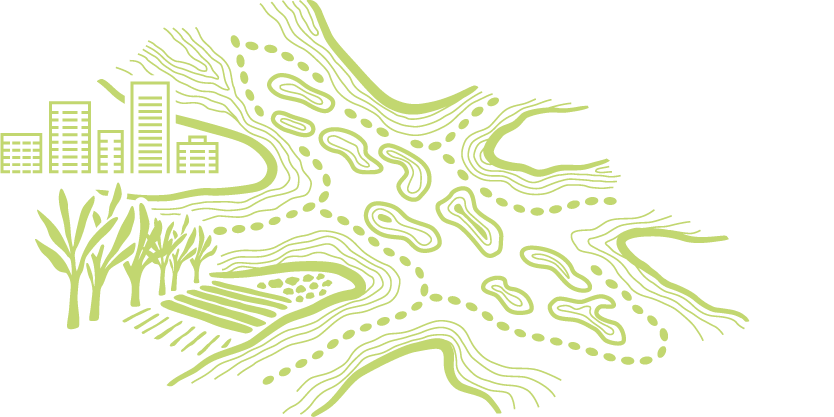Since European settlement, use of the Region has changed and intensified. The Region is no longer a pristine ecosystem and it exists in a dynamic state. The dynamic state involves interactions with people and how they use the Region’s natural heritage values and connect with Indigenous heritage values.
Direct use contributes to the wellbeing of regional communities through direct and indirect benefits that can feed back into how residents interact with the environment. Fishing and pollution-related threats are perceived as the second and third major threats to the Reef, respectively.1075 Tourism, shipping, mining and coastal development were less commonly perceived as major threats.


